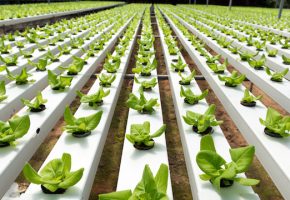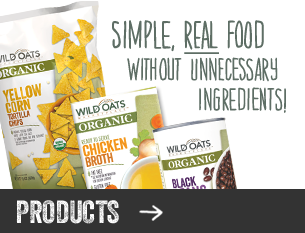I spent the better part of my youth eating whatever was within reach. When I had a choice that was usually ice cream, or chocolate. I’m pretty sure there were several summers where I ate either chocolate or ice cream exclusively. I was aware that this was something less than ideal, but knowing that didn’t keep me from loving those things – or eating them unrepentantly. Like most kids I was not the least bit interested in whether or not the food I was eating was good for me, so by the time I did care, I had a lot of seriously unhealthy habits to unlearn.
It has taken me most of my adult life to be able to say that now I honestly find that I don’t want junk food. This comes as a surprise – even to me. Recently we were on a trip where every evening I was offered the opportunity for a variety of sugary, buttery, calorie laden deserts. None of them appealed to me, and even when I did order a custard pudding and ice cream one night (peer pressure) I found that – shocker, I literally couldn’t eat it. It didn’t taste good. It wasn’t that I don’t like those things. I do. I just like them infrequently, and in much smaller, less dense quantities.
So do I love lettuce and liver now? Well, yes actually. As I watched the menu in Scotland and noted how people chowed down happily on Haggis (this is definitely an acquired taste,) I realized that it really is a matter of habit. We learn to love what we eat regularly.
So if you want to change your cravings, begin by making small deliberate changes. Pick a meal that you know you do an especially bad job of, and plan a different approach. If you usually have a mocha and a cinnamon roll for breakfast, try replacing those things with two better breakfast items. Stick with your plan for three weeks. Check the days off if you have to, but note them and seriously congratulate yourself every day. Get excited. Change is hard. I am NOT saying thirty days and you will have a lifetime free of the desire for cinnamon rolls. The science (and life) has shown that habits are complex things, just as people are complex. Every habit – old or new has to be maintained and reinforced. But what we have going for us is that our brain is on our side. Brain chemistry is such that we learn to love what we eat. No, it’s not that simple exactly, but it is true, and for the purposes of change it’s a good platform to begin restructuring your life.
I once had a friend who quit smoking. When I asked her how she did it and if it was hard, her comment was, “The quitting was easy, it was the deciding to quit that was hard.”
It takes a multi-faceted intent to go from one way of doing things, to another. The two pillars of change as I experienced them, are decision and conscious practice, meaning you have to be deliberate about it, especially in the beginning. Some kind of accountability can also help bolster you up if you are struggling – and congratulations (even if its just a mental, “Great job!” to yourself) can change an otherwise difficult ordeal, into a journey of gratitude and excitement.
The small stuff matters. It can’t be overstated that all the big stuff is made up of small parts. Don’t try to change your whole life in one week. Pick one area and establish success there. Realize, “Wow! This is so cool, I’m doing this!” When you are comfortable that you’ve established a pattern, try another substitution. Make it as easy for yourself as possible. The more roadblocks you can take out of your own way, the more likely you are to succeed. I knew for years that if there was a gallon of ice cream in the fridge, I was going to eat it. My decision was, don’t buy it. I don’t really think about ice cream now. The old addiction pathways are still there I am sure, but they are not as compelling as they once were. That is the practice part.
When you are trying new things, if you like them, or even just kind of like them, revel in that. Note it to yourself, and repeat. Remember you are trying to lay down new pathways, literally rewiring your brain. It will take as long as it takes. That’s O.K.. It will happen.
Finally, never give up. As long as you can draw a breath you have the opportunity to make your life different and better. If you decide, and keep at it you will succeed. As John Lennon said: “Everything will be okay in the end. If it’s not okay, it’s not the end.”
Is it true that if you do anything for three weeks it will become a habit?
Can you train your brain to crave healthy food?
What happens to your brain when you eat junk food and why you crave it
How to train your brain to crave healthy foods
Train your brain to crave healthy foods


 Contact us
Contact us





